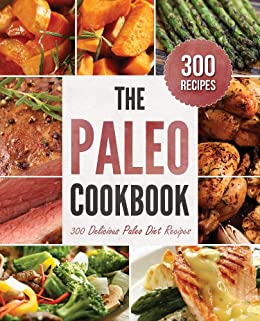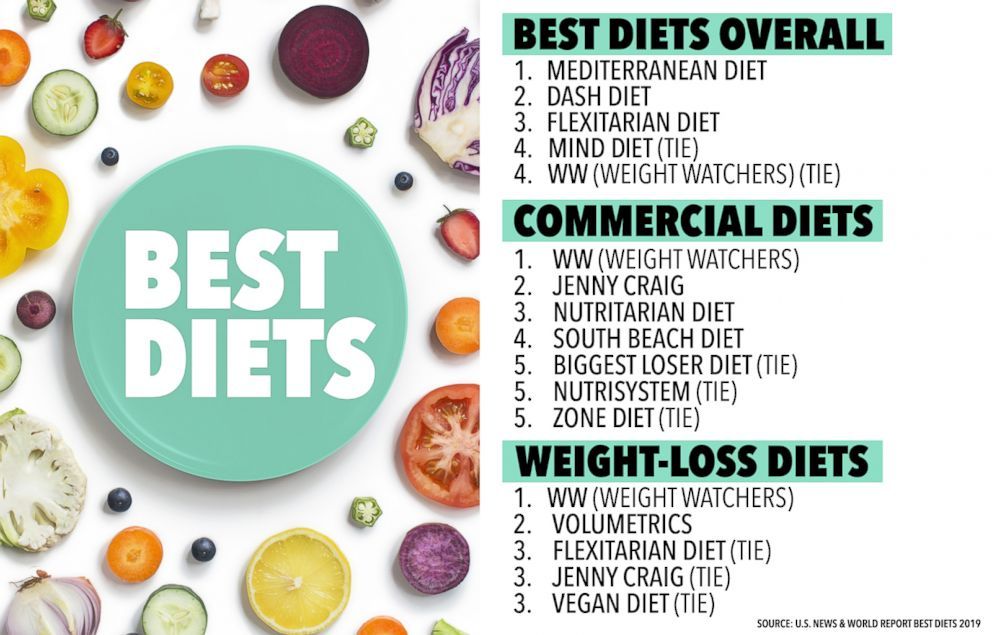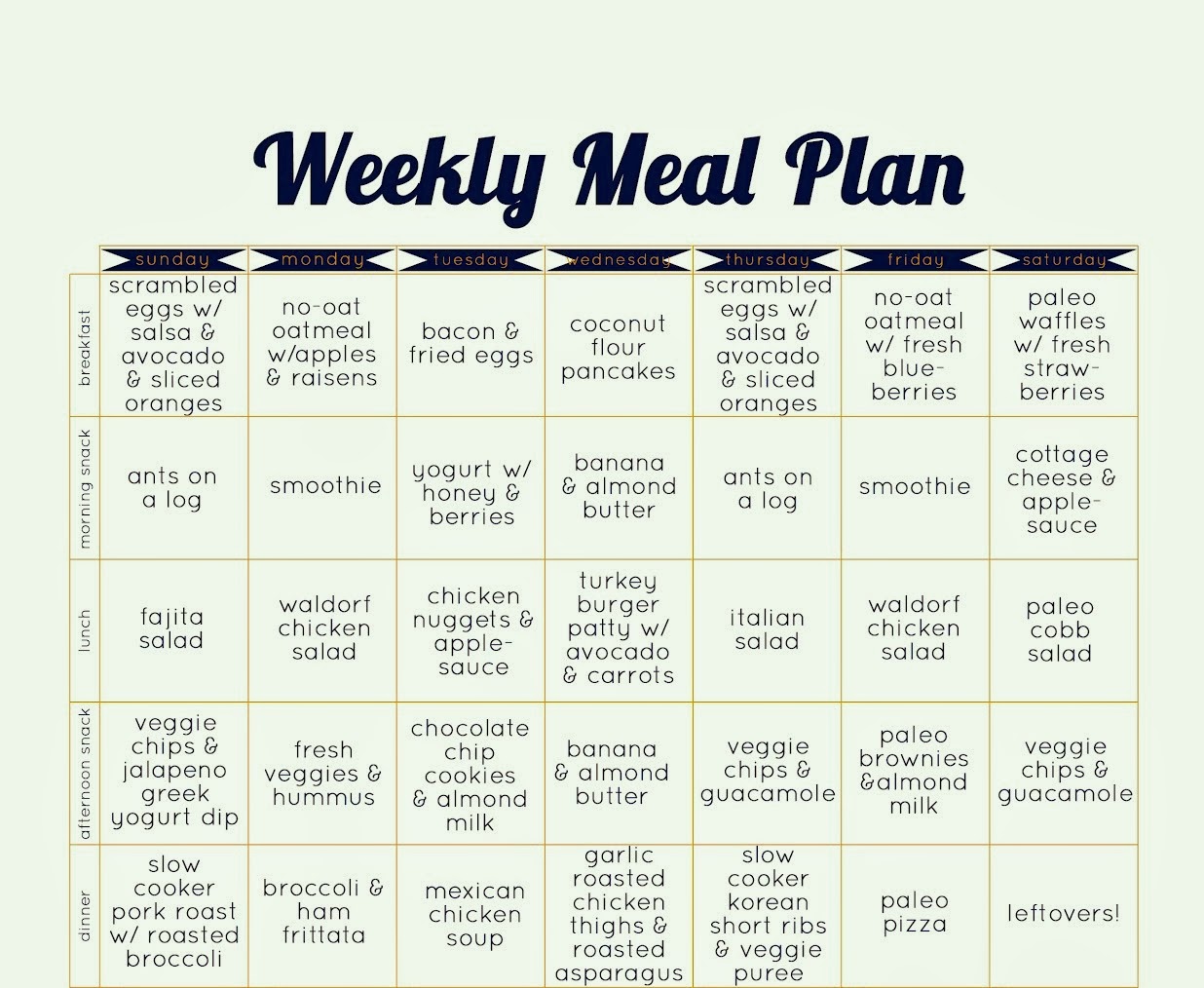
It might be a good idea to check out reviews about the Paleo diet, especially if you are new to it or have never tried it. We will discuss the potential health benefits and side effects of this diet, as well as its applicability. Whole grains, fruits, vegetables, nuts, seeds, fish, and fish are all part of this diet (preferably wild and sustainable). It excludes meat unless you're bow hunting in the wild. The diet is also moderately high in dairy, which is a good source of calcium. This diet also includes whole grains, legumes, and nuts.
The Paleo diet has its problems
There are many problems with Paleo. It is excessively high in meats and eggs and also rejects many healthy food, such as dairy products and grains. The Paleo diet does not have scientific support, despite its apparent benefits. These are the top problems that this diet can cause. Listed below are some common Paleo diet problems. Before you decide to make the switch, consider all of your options.
The basic idea of the Paleo diet is that humans evolved to eat meat and seafood. These people were able adapt to the lack of edible plants in Arctic and survived. Paleo prohibits eating grains. But, this diet offers many benefits and can be incorporated into your diet to help you stay lean and healthy.
Potential health benefits

Paleo is a high-protein diet with low carbohydrate and protein. This may be beneficial for people who have metabolic health issues. A Paleo diet that reduces sugar intake, which can be associated with insulin resistance and other metabolic conditions, improves the body's ability process glucose and increases insulin sensitivity. People with autoimmune disorders may benefit from it, as the diet's absence of legumes and grains reduces their intake. But, it is important to remember that whole grains can reduce your intake of beneficial nutrients as well as increase your risk of developing cardiovascular disease or diabetes.
A recent study published in the American Physiological Society showed that the diet reduced biomarkers of inflammation and may even lead to reduced use of prescription drugs in patients with type 2 diabetes. Further research is needed in order to confirm and expand the potential benefits of this diet. Although the diet does discourage the intake of highly processed foods, many people have experienced significant benefits of the diet. You should also note that Paleo does not require you to stop eating refined foods like breads and pastas.
Possible side effects
One reason for some of the side effects of the Paleo diet is the exclusion of cereal grains. The absence of cereal grains will reduce your intake of fiber and B vitamins, which are important for regulating blood sugar levels. Eliminating grains from your diet can increase the risk of developing certain chronic diseases, such as diabetes. In addition, cereal grains also contain important nutrients like iron and magnesium, which can lower cholesterol and protect your body from chronic diseases. The side effects of the paleo diet can be dangerous if you have been using cereal grains for some time.
Bad breath is one side effect of Paleo. This side effect varies depending on what you eat, how your body processes food, and how your metabolism works. If you are in ketosis, your breath can smell very foul. The increased amount of protein in your diet can increase your body's production of hydrogen sulfuride. This can result in unpleasant burps that smell like eggs.
Applicability

Although Paleo claims many weight loss benefits and healthier living, it doesn't have enough research backing its claims. This diet restricts or eliminates whole food groups like grains and dairy products. It can lead to a high intake of saturated fats and a lack of key nutrients. It is therefore classified as somewhat unsafe. Here are some reasons to not follow the Paleo Diet:
Paleo encourages lean protein consumption, in addition to eliminating dairy protein. It can be used in conjunction with a nutritional plan that targets strength and power athletes. The diet is more restricted in the off-season than it is during the sport seasons. However, it can be more flexible during that time. This allows athletes more CHO to be incorporated into their diets during sport season. For strength and power athletes, this may make it difficult to adhere to the diet plan.
FAQ
Do I require any special equipment?
To learn to cook, you don’t need to have any special equipment. The best tools will make cooking more enjoyable. For example, a knife could be used for pasta making or a whisk would be better than a hand mixer for whipping egg whites to stiff peaks. It makes cooking much easier and quicker.
How do I get hired as chef?
First, you need to earn a culinary arts diploma in order to get a job working as a chef. The next step is to join a professional association like the American Culinary Federation. This association offers certification exams as well as networking opportunities.
How do I learn about cooking and baking?
All over the country, cooking classes are offered. Many schools offer classes in baking, pastry, wine tasting, and more. If you're interested in learning more about baking, you can either enroll at a community college or vocational school. Or you can attend a private class.
What are the requirements to become a chef?
A bachelor's degree is required to become a chef. A series of tests administered to you by the ACF will also be required. After you have completed all requirements, you will receive a certificate confirming your qualifications.
Statistics
- The median pay for a chef or head cook is $53,380 per year or $25.66/hour, according to the U.S. Bureau of Labor Statistics (BLS). (learnhowtobecome.org)
- under 10 Kids have been taught that there is special food just for them, and Fiese says that 10 percent of kids will throw a tantrum if they don't get the food they want. (washingtonpost.com)
- According to the BLS, chefs earn $58,740 a year. (learnhowtobecome.org)
External Links
How To
How to cook a Steak
The thickness of any meat will dictate the cooking method. Thicker steaks should be cooked over low heat. Thicker steaks will need to cook at higher temperatures.
You should also ensure you don't overcook them because they'll lose flavor. Don't forget to take the steak out of the pan once it's finished. This will ensure that you don't burn your self.
Cooking times will vary depending on how large the steak is and what degree of doneness you desire. Here are some general guidelines.
Medium Rare: Cook till medium rare. This is when the internal temperature of the food reaches 145°F (63°C). This takes between 3 and 5 minutes per side.
Medium: Cook the meat until it reaches 160°F (71°C). This normally takes around 6 minutes per side.
Good Cooking: Cook the meat until it is done. This means that the internal temperature reaches 180F (82C). This can take between 8-12 minutes per side.